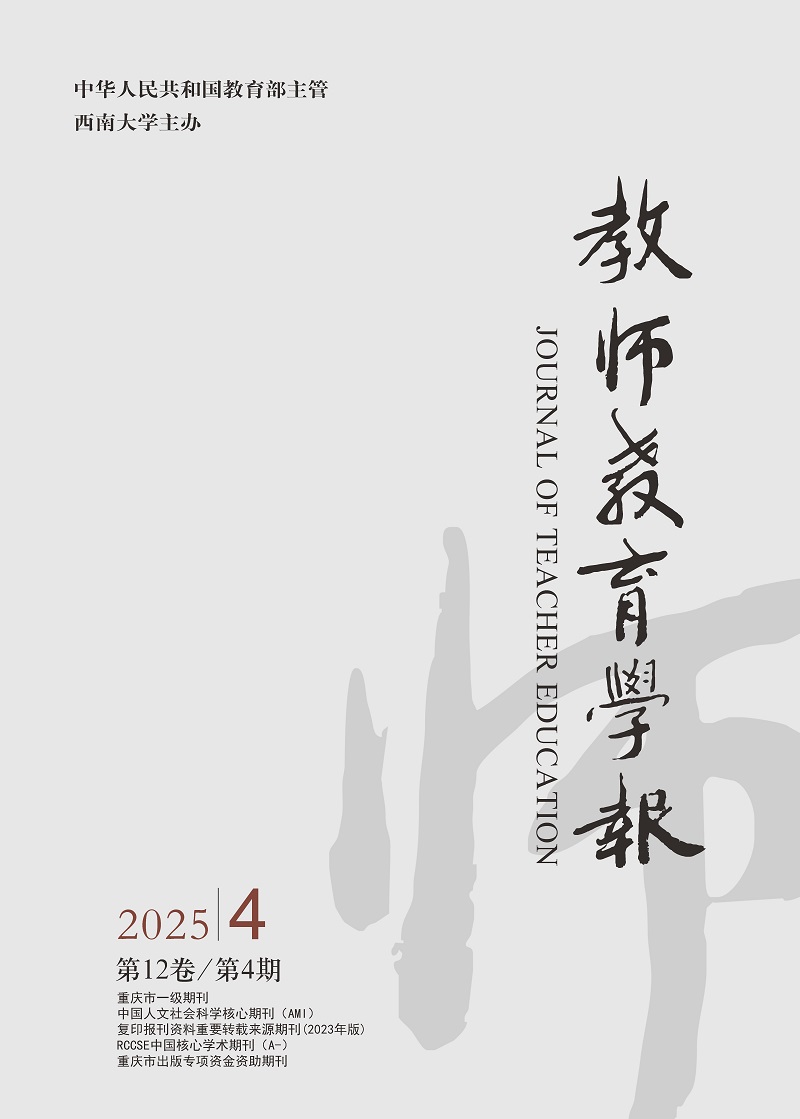The Basic Dimensionand Realization of Labor Education Enabling After-school Service
-
Key words:
- "double reduction" policy /
- labor education /
- laborcurriculum /
- after-school services /
- curriculum construction
Abstract: Under the background of"double reduction", empowering after-school services with labor education is a new idea and scheme for schools to carry out high-quality after-school services. The" need" of after-school service, the "ability" of labor education and the synergistic symbiosis of the two are the inherent logic of after-school service empowered by labor education. Labor education empowerment af-ter-school services include four dimensions. One is to take the deep integration of five education as the aim, highlighting the value of after-school service to promote students development. Secondly, on the basis of diversified labor courses, rich content resources with complete after-school service structure shall be formed. Thirdly, with the cross-border integration of general education and vocational education as the driving force, the government, schools, industries, enterprises, families, society and other multi-educational main forces shall be coordinated. Fourth, supported by the practice system of labor and education, support conditions shall be provided to meet the needs of after-school service implementation. Therefore, the first is to integrate labor curriculum and other curriculum to build a threetier progressive content system of after-school services. Second, take into account both physical labor and mental labor, and improve the practical effect of the four-dimensional linkage of after-school services. The third is to coordinate general education and vocational education, and create a five-in-one cogovernance pattern of after-school services, so as to comprehensively improve the educational quality of after-school services.






 DownLoad:
DownLoad: